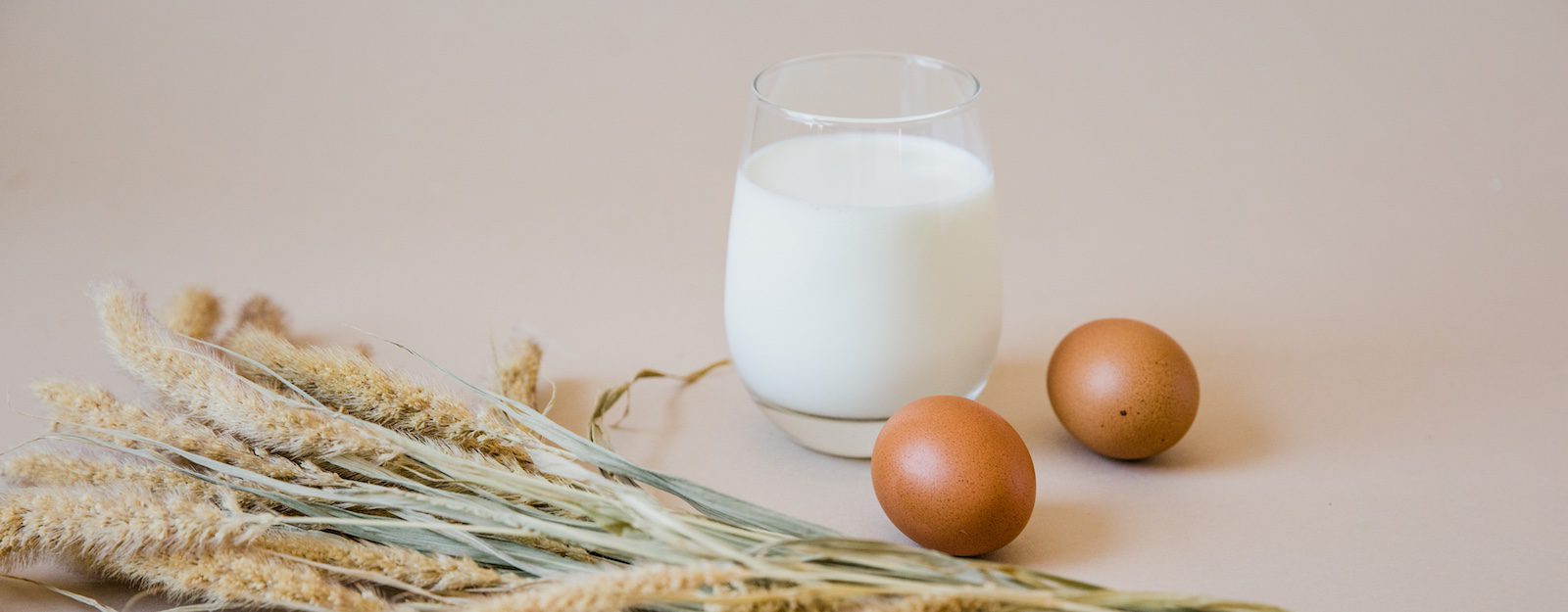- Cholesterol buildup inside arteries (called plaque) leads to heart disease, but this can be prevented and reversed with the right diet, something medications cannot do. Typically, a doctor will prescribe a medication called a statin, which thins the blood. This allows blood to flow through narrowed arteries. But the proper diet can actually help break down plaque buildup, expand artery passageways, and allow blood to flow naturally.
- Cholesterol in the blood, also called lipoproteins, are further categorized as “bad” LDL cholesterol or “good” HDL cholesterol. LDL particles build up and form plaque inside blood vessels, which is known as atherosclerosis. Atherosclerosis causes blood vessels to narrow and become less flexible. This leads to high blood pressure, heart disease, and stroke. Meanwhile, HDL cholesterol helps remove LDL buildup to prevent plaque formation. LDL and HDL levels tend to be a better indicator of heart disease risk compared to your “total cholesterol” lab value.
- HDL or “good” cholesterol is increased through healthy lifestyle choices, such as consistent exercise, maintaining a healthy weight, and avoiding smoking. Additionally, eating more whole grains in place of refined carbohydrates has been shown to increase HDL. General consistent physical activity, or aerobic exercise, even of moderate intensity, has also been shown to raise HDL levels.
- LDL or “bad” cholesterol is increased through a high intake of saturated fat. Saturated fat is found in foods like red meat and high-fat dairy products. Smoking, alcohol use, and a sedentary lifestyle can also contribute to high LDL levels. On the other hand, a high intake of fiber and plant sterols has been shown to lower LDL cholesterol and total cholesterol levels by decreasing the absorption of cholesterol in the gut. Eating unsaturated fat, specifically mono-unsaturated fat (MUFAs) found in foods like olives, avocado, and nuts, in place of saturated fat has been shown to lower LDL and have a positive effect on heart health.
- General “heart healthy” recommendations, such as consuming low-fat dairy products and limiting red meat have been shown to be effective in reducing total cholesterol and LDL, but only to a certain degree, and do not provide the disease reversal effects attributed to plant-based diets.
- Cholesterol found in foods is called dietary cholesterol, which is only found in animal-based foods. The terms HDL and LDL only apply to the cholesterol in your blood. In other words, if you consume a lobster tail, which is high in cholesterol, it does not contain LDL or HDL cholesterol, just dietary cholesterol. Research is conflicting, but dietary cholesterol seems to raise “bad” LDL cholesterol levels in the blood as well as total cholesterol and should therefore be avoided as much as possible.
- The biggest contributors to dietary cholesterol intake are meat, eggs, and full-fat dairy products.
5 Ways to Lower Your “Bad” LDL Cholesterol
- In general, women should aim for 21-25 grams of fiber per day and men should strive for 30-38 grams per day. Whole grains, vegetables, fruits, nuts, seeds, and legumes are great sources of fiber. Some specific examples of high-fiber foods to help lower LDL include beans, tofu, avocado, potatoes, oatmeal, Brussels sprouts, asparagus, broccoli, carrots, apples, bananas, brown rice, pumpkin and chia seeds, nuts, and quinoa.
- Any exercise and movement can contribute to LDL reduction. Moderate-intensity aerobic exercise may increase HDL cholesterol, which in turn helps reduce LDL cholesterol. To directly lower LDL research has found that aerobic exercise must be at a higher intensity. Other studies show that aerobic exercise must result in weight loss to cause a reduction in LDL, and some research suggests it has no effect. In summary, aerobic exercise may or may not reduce LDL, but it can positively impact overall lipid panels and cardiovascular health.
- Resistance training or strength training has been shown to lower LDL cholesterol, especially when it involves more sets and/or reps as opposed to heavier weights with fewer movements. Studies do not find that pairing resistance training with aerobic exercise results in further LDL reduction. Resistance training can include pushups, squats, lunges, planks, free weights, or resistance band exercises.
- Overall, your lipid profile can be improved through various types of exercise, but exercise consistency is even more important than intensity for decreasing heart disease risk. For this reason, it’s important to choose an exercise that’s sustainable long-term.
- Avoid smoking and nix or limit alcohol, fried food, red or processed meats, full-fat dairy, and processed bakery items.

